.
8.02.2016

Rocket/Payload: A Delta IV Medium+ (5.2) rocket will launch the NROL-45 mission for the National Reconnaissance Office (NRO).
Date/Site/Launch Time: Wednesday, Feb. 10, 2016, from Space Launch Complex (SLC)-6 at Vandenberg Air Force Base, California. Launch is planned for 3:39 a.m. PST.
Webcast: The live broadcast will begin at 3:19 a.m. PST.
Mission Description: The mission will be launched for the National Reconnaissance Office in support of national defense.
Launch Notes: NROL-45 will be the 31st Delta IV mission since the vehicle’s inaugural launch in 2002, and the 9th NRO mission to launch on Delta IV.
Quelle: ULA
---
Delta IV launch set Wednesday morning at Vandenberg
Vandenberg Air Force Base is scheduled to launch a United Launch Alliance Delta IV rocket carrying a National Reconnaissance Office payload from Space Launch Complex-6 on Wednesday, with a launch window opening at 3:39 a.m. PDT.
Col. J. Christopher Moss, 30th Space Wing commander, will be the launch decision authority.
“We are excited and ready to take on our first Delta launch of 2016," Moss said. “We are proud to showcase this national capability, and everyone involved has been working tirelessly to ensure this launch is a safe and successful one."
Vandenberg’s 4th Space Launch Squadron was in final launch preparations with Vandenberg’s mission partners from ULA, the Aerospace Corp. and the National Reconnaissance Office, a base spokesman said this afternoon.
"A launch like this takes teamwork and dedication," said Lt. Col. Eric Zarybnisky, 4th Space Launch Squadron commander.
"Our mission assurance technicians and engineers have worked hand-in-hand with United Launch Alliance, going over critical procedures and tasks to certify this launch is secure," Zarybnisky said.
Quelle: Lompoc Record
-
Update: 9.02.2016
.
Vandenberg Readies Secret NRO Topaz Imaging Radar Satellite For ULA Delta-IV Launch Feb 10
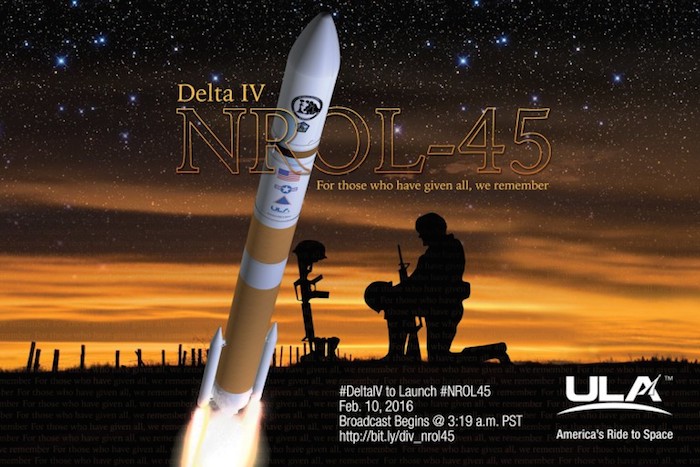
A top secret 8-ton National Reconnaissance Office (NRO)/Boeing Topaz imaging radar reconnaissance satellite is poised for liftoff Feb 10 from Space Launch Complex (SLC-6) at Vandenberg AFB, Calif. on an Air Force/United Launch Alliance (ULA) Delta-IV Medium rocket with two solid rocket boosters.
The planned 3:39 a.m. PST (6:39 a.m. EST) Vandenberg liftoff of the Delta-IV Medium + (5,2)/NROL 45 mission is to come just five days after ULA launched the GPS 2F-12 spacecraft from Cape Canaveral on an Atlas-V 401 booster. The launch window for the Delta-IV 521 radar satellite mission lasts about 90 minutes.
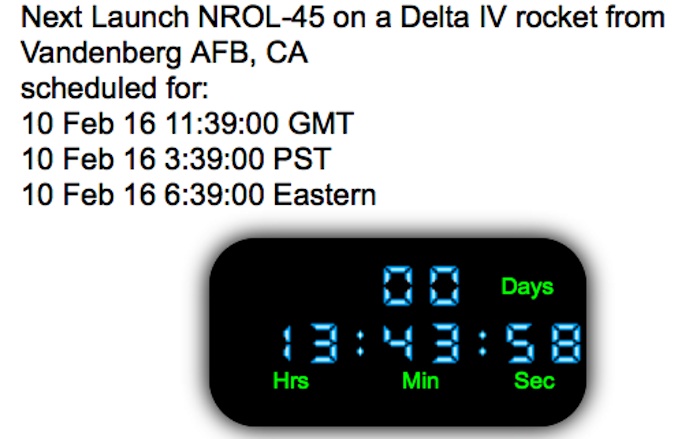

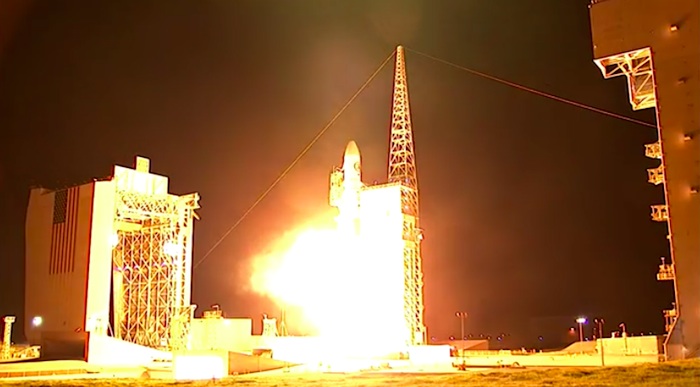


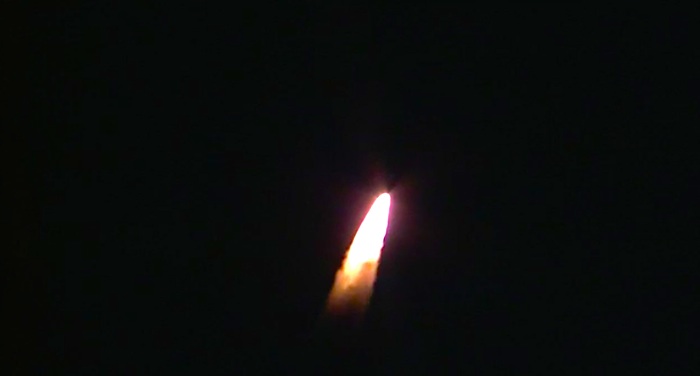
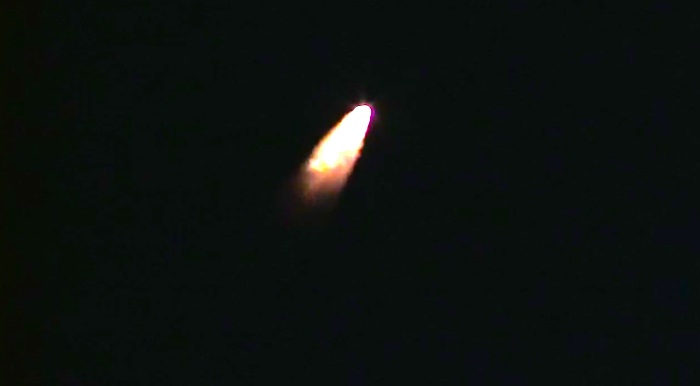
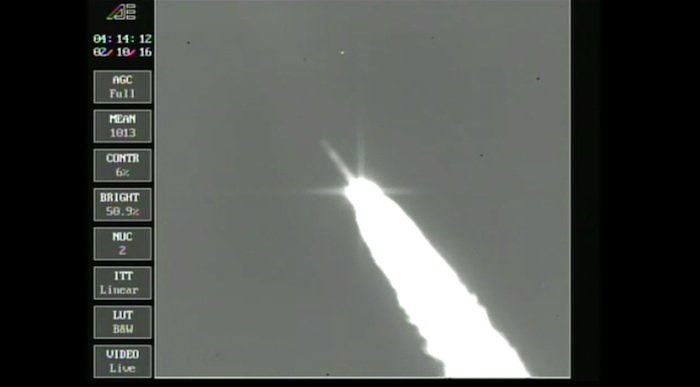
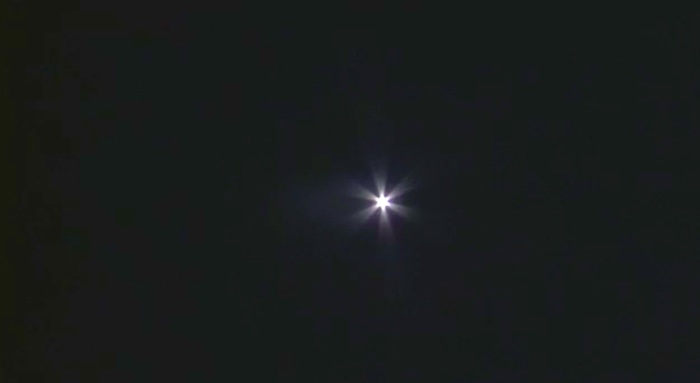
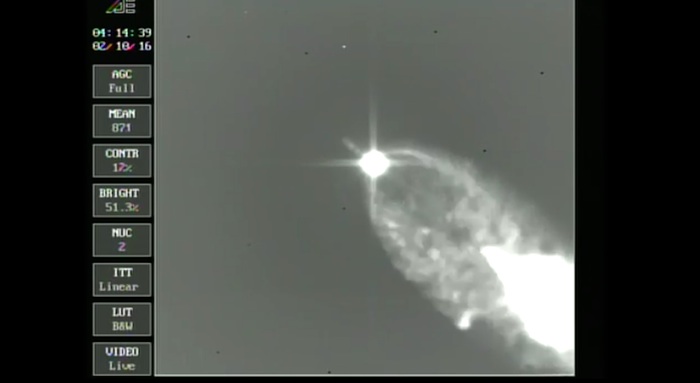
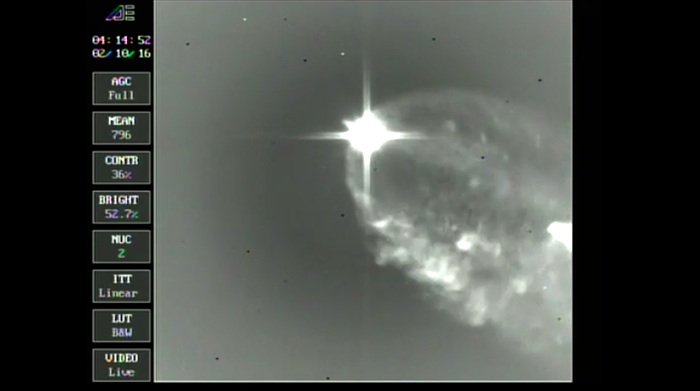
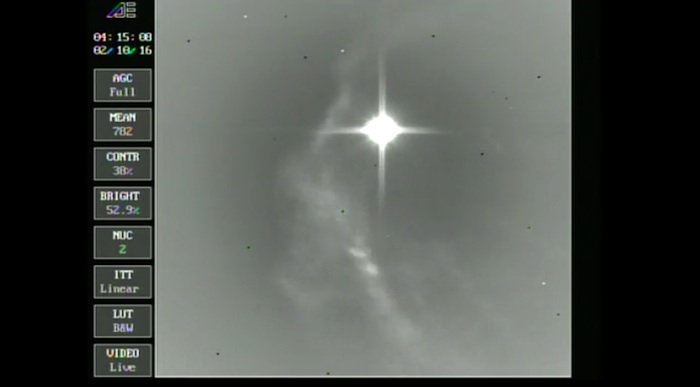
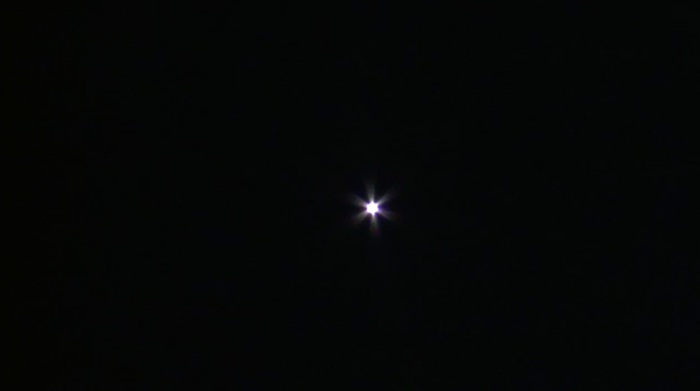
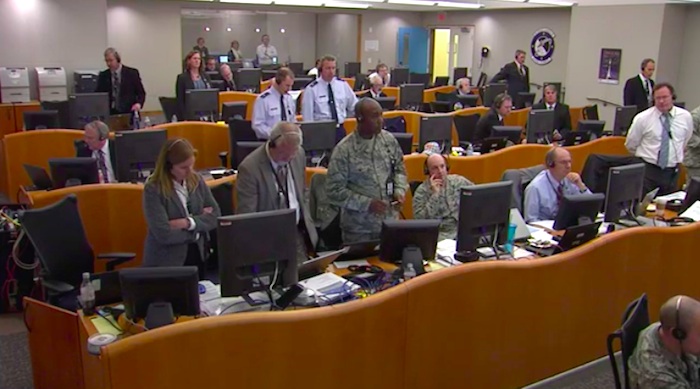
“We have a very busy National Security Space Manifest this year,” said Dr. Walter Lauderdale, a mission director with the Launch Enterprise Systems Directorate at the Space and Missile Systems Center (SMC) at Los Angeles AFB. Calif.
To illustrate the aggressive pace, Lauderdale noted that during 2016 “there are three pairs of launches where each pair is separated by only a week or less.” That is the case for the new GPS and NROL 45 spacecraft.
The two missions debut a busy year of up to 10 military space missions from both the Cape and Vandenberg in 2016 (see AmericaSpace Feb. 3 2016 report).
The 16,000 lb. size of the radar satellite and its giant Harris antenna requires an unusually large 5 meter (16.4 ft.) diameter payload faring.
The Delta-IV will be fired south to place the radar satellite into about a 680 mi. polar “retrograde orbit inclined 123 degrees to the equator”, says Ted Molczan, a Canadian based internationally recognized military space tracking expert. The retrograde or “frozen” polar orbit should ensure the satellite has the same radar look angles of the Earth for every pass over a given target.
The new high resolution synthetic aperture radar (SAR) spacecraft was built by Boeing under the NRO’s Project E-305.
The project was to develop a new radar reconnaissance satellite that is smaller and less costly, but with equal or higher resolution than the five 33,000 lb. Lacrosse/Onyx imaging radar satellites launched between 1988 and 2005. The first of those radar spacecraft was launched by the space shuttle Atlantis on STS-27.
Imaging radars can see at night and through bad weather and can also penetrate foliage. When first designed in the early 1980s the Lacrosse/Onyx spacecraft were built to spot Soviet and Warsaw Pact tanks and artillery as well a camouflaged ballistic missiles.
The roles of high resolution radar imaging spacecraft (with aprox. 1 ft. resolutions) have evolved and they are now used in connection with a number of 3 in. resolution electro optical spacecraft. This provides about a nine spacecraft armada to provide 24 hr. tag-team blanket coverage of high threat areas.
As many as two of the five original Lacrosse/Onyx radar spacecraft perhaps remain operational. The early Lacrosse satellites had mesh radar dish antennas spanning 45 ft., but the last Lacrosse launched on the final Titan 3B in 2005 may have more of a giant billboard antenna, Russian ground based intelligence images reveal.
The project to build a replacement for Lacrosse/Onyx was part of the NRO’s Future Imagery Architecture (FIA) program. The spacecraft to be launched Feb. 10 will be the fourth operational FIA radar satellite. The first was launched in September 2010, the second is 2012 and a third in 2013.
The contracts for both the FIA optical and radar spacecraft were awarded to Boeing which accrued multi-billion dollar cost overruns.
In 2005 the NRO canceled Boeing’s optical spacecraft side of the program, awarding it to Lockheed Martin which had been successfully building such spacecraft since the 1950s. Boeing retained the radar program however, which had been a Martin Marietta program until the merger with Lockheed.
The FIA program called for at least four operational block 1 Topaz radar spacecraft. It also included one smaller test satellite USA-193 launched in 2006 on a Delta II from Vandenberg, a spacecraft that failed seven seconds after separating from its booster.
That satellite was subsequently shot down as a pseudo test of U. S. ship based anti-satellite weapons capability ostensibly to protect the public from a several thousand pound ball of frozen hydrazine on board the satellite.
The Feb. 10 launch will be managed by the 4th Space Squadron of the 30th Space Wing at Vandenberg.
Once aloft the FIA radars will orbit 180 deg. out of plane from each other but also make near passes of each other as they orbit Earth in a south to north direction.
The mission is one of 6 launches planned from Vandenberg AFB in 2016. The first flight Jan. 17 was a Falcon 9 carrying the NASA Jason 3 ocean monitoring satellite.
VAFB launches in 2016 following NROL 45 are:
Mid 2016 Minotaur-C: A solid propellant Minotaur C is to launch the Satellite Imaging Corp. “SkySat” spacecraft, a small commercial digital imaging satellite for Google /Skybox with 0.9 meter Pan resolution; 2 meter multispectral and 1.1 meter video. resolution.
August and October SpaceX Falcon 9s: The mid August launch is to carry 10 Iridium mobile communications satellites. This flight is to be followed by an October Falcon 9 launch carrying 10 “Iridium Next” satellites.
December Atlas V 401: The secret NROL-79 mission is to carry two Intruder ocean surveillance satellites.
Quelle: AS
---

-
Update: 10.02,2016 / 9.30 MEZ
.
Vandenberg Prepares for Rocket Launch

This Wednesday at 3:39 a.m., Vandenberg Air Force Base will launch a Delta IV rocket carrying a secret payload for the U.S. government.
The 4th Space Launch Squadron (SLS) of Vandenberg is partnering with United Launch Alliance (ULA), the Aerospace Corporation, and the National Reconnaissance Office (NRO) for its fourth launch of an Evolved Expendable Launch Vehicle (EELV). The SLS has previously launched Titan II, Titan IV, and Atlas V rockets, and will now be launching the Delta IV, an EELV designed by Boeing and manufactured by ULA. The vehicle will be carrying an undisclosed payload for the NRO.
The U.S. Air Force created the EELV program to develop cheaper alternatives to heavy-lift launch vehicles. According to Vandenberg Air Force Base, the Delta IV is capable of lifting anywhere from 9,000 pounds to over 13,000 pounds.
“Our mission assurance technicians and engineers have worked hand-in-hand with United Launch Alliance going over critical procedures and tasks to certify this launch is secure,” said Lt. Col. Eric Zarybnisky, 4th SLS commander, in a press release.
Quelle: anta Barbara Independent
.
Update: 13.00 MEZ
.
Erfolgreicher Start von Delta-IV mit NROL-45 Satelliten / Frams ULA-TV
.












Quelle: ULA
4410 Views
